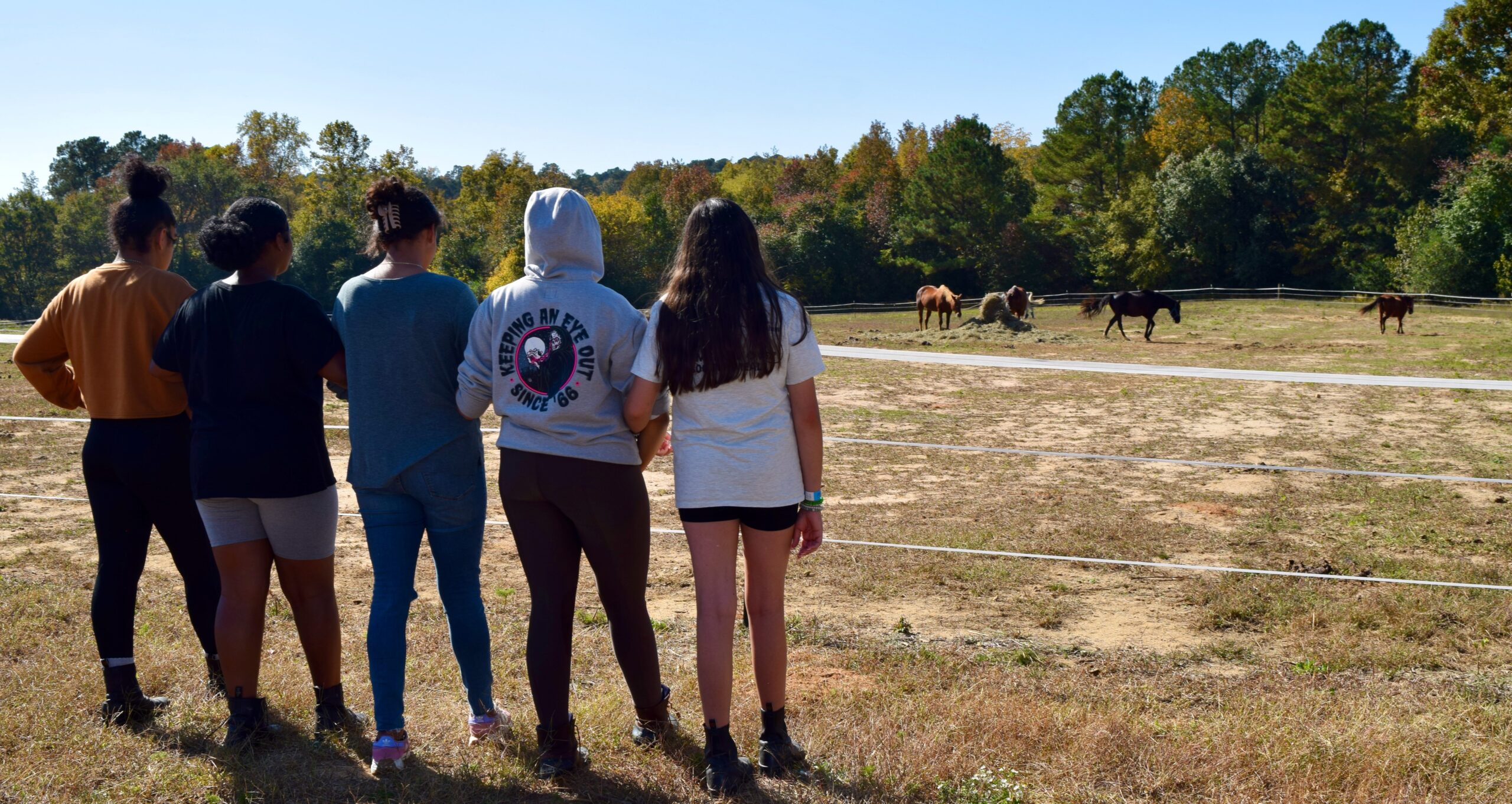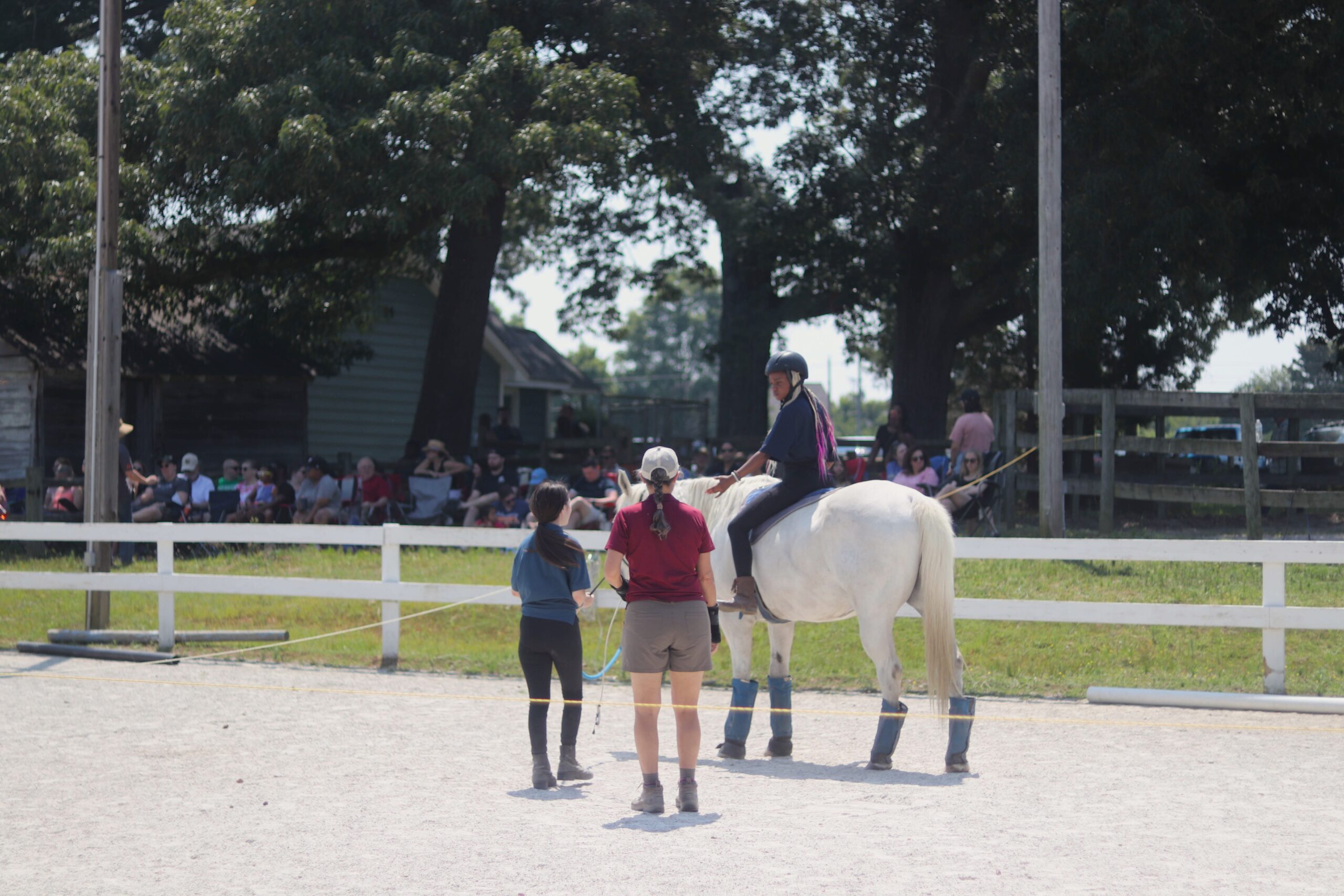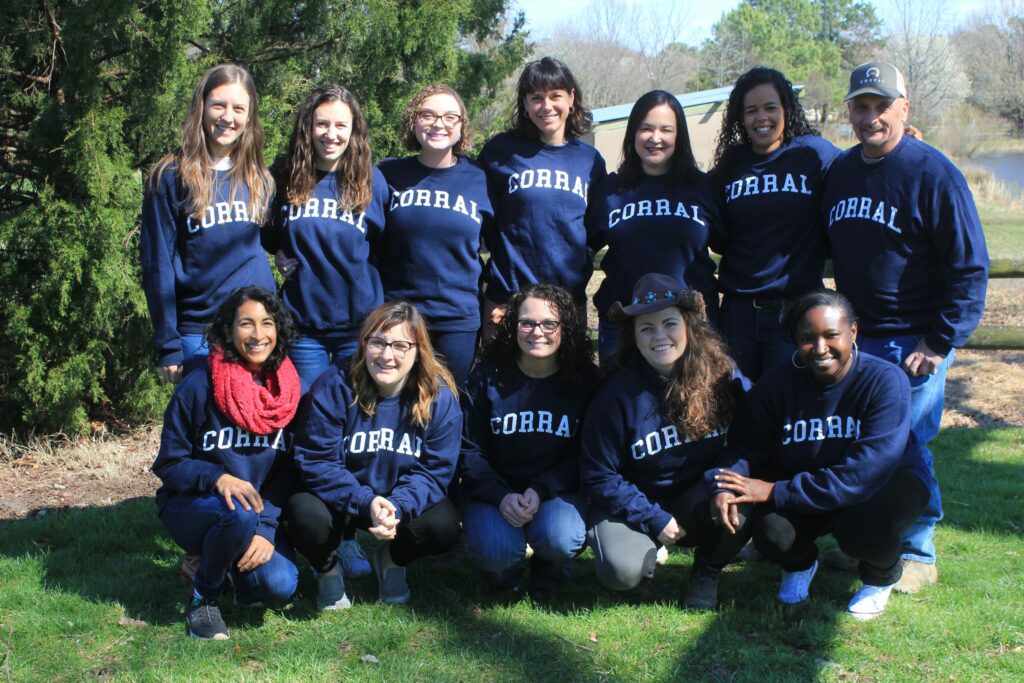Our guest blogger today is Julia Soplop, an author, photographer, wild horse enthusiast, and documentarian.
Low confidence and low self-esteem influence many of us and can be rooted in childhood experiences. As young children, girls and boys exhibit similar levels of self-confidence. At adolescence, however, girls’ confidence often plummets.
One survey found that between the ages of 8 and 14, girls’ confidence levels dropped 30 percent. And at age 14, when girls and boys both reported their lowest levels of confidence, boys’ confidence levels were still 27 percent higher than girls’.
Low confidence is pernicious; it is a self-fulfilling prophecy. When we have low confidence, we tend to shy away from risks that offer us chances for personal and professional success. Missing out on these opportunities can result in us actually achieving less success, thereby reinforcing our ideas that we cannot succeed. These attitudes can persist into adulthood and negatively affect our personal and professional accomplishments.
Confidence is one component of self-esteem. While confidence can be described as trust in our ability to manage what the world throws at us, self-esteem encompasses our overall sense of self-worth, including perceptions of our own intelligence, abilities, body, and social standing. Healthy confidence and self-esteem often, though not always, go hand-in-hand.
Low Self-Esteem’s Long-Term Effects
During adolescence, girls often exhibit lower self-esteem than boys, in addition to lower confidence. Numerous risk factors for low self-esteem during this time period include low socio-economic status, trauma, poor school performance, and higher TV viewing.
Research has shown that lower self-esteem in adolescence is linked to poorer mental and physical health and economic prospects, as well as higher rates of criminal behavior in adulthood, as compared to these rates in adolescents with higher self-esteem. Low self-esteem has also been linked to depression, anxiety, suicide, and violent behaviors.
Although rates of low self-esteem and confidence in adolescent girls are alarming because of their association with negative future outcomes, research does offer some good news on this front: it’s not a lost cause. Some risk factors are modifiable. For example, one study showed that the following factors demonstrated protective effects against low self-esteem:
- Limited TV watching
- Strong school performance
- Physical activity (measured by participation in team sports)
The authors of the book, The Confidence Code for Girls, suggest there are several ways to encourage confidence in adolescent girls, as well:
- Supporting girls in taking risks that have the potential to result in success
- Normalizing the fact that failure is a part of risk-taking
- Teaching them to expect and cope with failure
- Helping to retrain their brains to stop the overthinking that prevents them from trying new things
- Openly modeling risk-taking and subsequent failure ourselves. (You can find their full list of suggestions here.)
CORRAL
At CORRAL, the girls we serve come from some of the highest-risk situations in our community. Many arrive with low confidence and low self-esteem, having experienced a lifetime of trauma. Through academic support, mentoring, vocational training, and equine therapy, we work to build their confidence and self-esteem and increase their chances of finding personal and professional success. Two of our core values are risk-taking and grace. We encourage our girls to take risks while staying physically and emotionally safe and extending grace to themselves in the case of failure and seeing failure as a learning opportunity.
As our community grows, we’re able to add on components to our existing proven processes to further support the growth of our girls. So many of them look up to our volunteers as role models and mentors as they work on self-worth and self-confidence. Interested in joining our community? We have a place for you.





